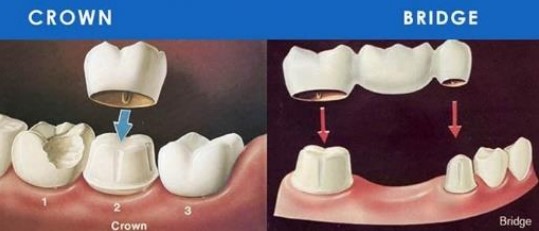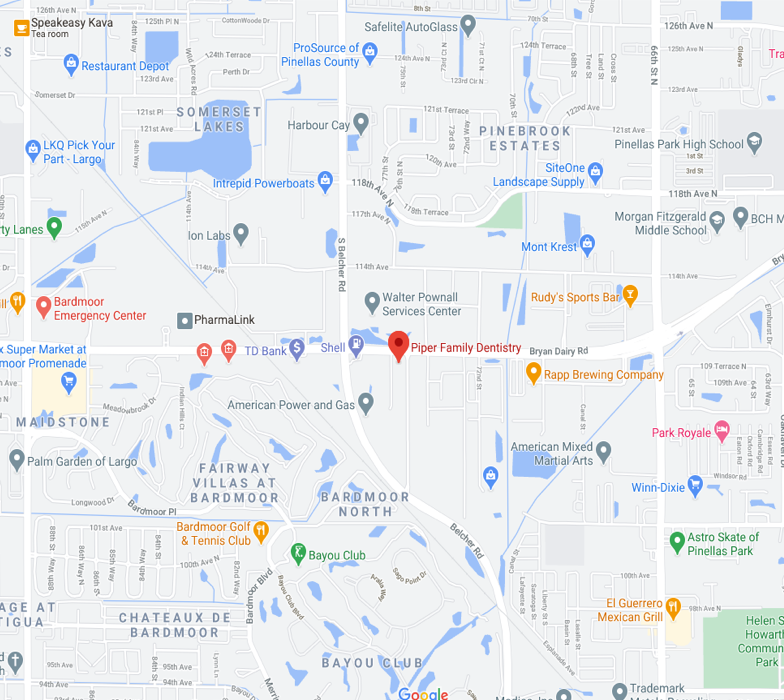Home Care for Crowns and Bridges
The importance of a temporary crown or bridge
Bridges and crowns usually take two or three appointments to complete. During the first appointment, we
prepare the tooth or teeth that will support the final crown or bridge, and then we place a temporary crown or
bridge to protect the tooth or teeth until the next appointment. It’s very important for the final fit of your crown
or bridge that the temporary stay in place. The following tips will let you know what to expect and will help you
ensure the fit and comfort of your temporary crown or bridge.
After the appointment
Your lips, teeth and tongue may be numb for several hours after each appointment in which anesthetic has been
used. Avoid any chewing until the numbness has completely worn off.
It’s normal to experience some hot, cold and pressure sensitivity after each appointment.
Your gums may be sore for several days. To reduce pain and swelling, rinse three times a day with warm salt
water and use medication only as directed.
Keeping your temporary bridge or crown in place
To help keep your temporary in place, avoid eating sticky foods (especially gum) and hard foods. If possible,
chew only on the opposite side of your mouth.
On rare occasions, a temporary comes off. If this happens, try to place the temporary back on the tooth and call
us so we can re-cement it. Leaving the temporary crown off overnight can cause the final crown to not fit
correctly. It is important to keep the tooth covered with the temporary. Do not leave it off!
Daily Homecare
It’s important to continue to brush normally, but floss very carefully. To prevent removal of the temporary,
remove floss by pulling it through the teeth, not down or up from the space between teeth.
If your bite feels uneven, if you have persistent pain, or you have any other questions or concerns, please call
our office.






